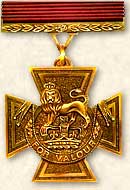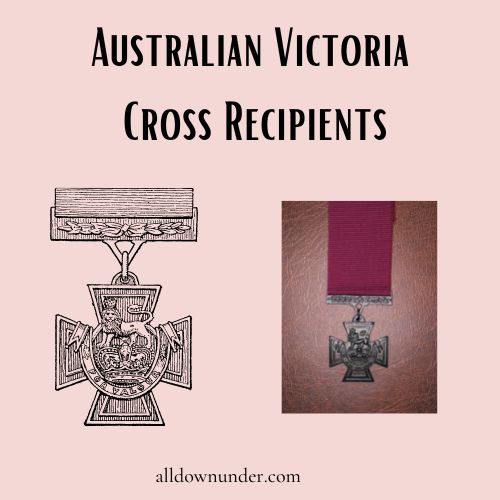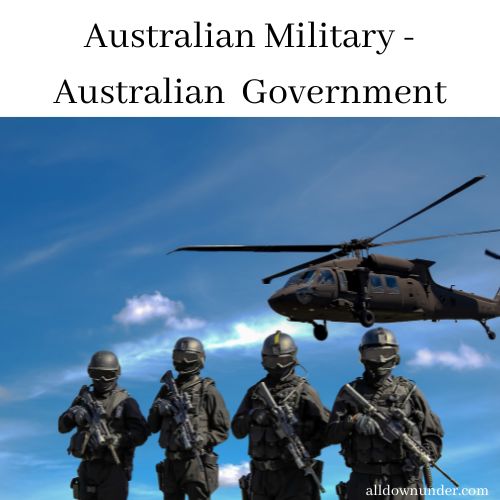The Victoria Cross was instituted in 1856, following an incident during the Crimean War. Queen Victoria wanted to give a medal for courage and bravery, that would not only be awarded by her personally but also be a public acknowledgement of the recipients’ courage. The Cross today is still made from bronze and bears an image of Saint George slaying the dragon – a symbol of courage
Although Australia has many ways to honour it’s armed forces, the Victoria Cross remains the most valued and coveted. The Instituting Royal Warrant states that the Victoria Cross shall only be awarded for the most conspicuous bravery or some daring or pre-eminent act of valour or self-sacrifice or extreme devotion to duty in the presence of the enemy.
See also Australian Victoria Cross Recipients
MYTH: it is a myth that the VC recipient is honoured by all ranks when wearing the Victoria Cross ribbon or medal on his uniform. Just like everyone else in the Australian military, they are saluted only by lower ranked service personnel.
On 26 June 1857 in Hyde Park, Queen Victoria made the first presentation of the Victoria Cross. 62 sailors and soldiers received the award.
First Australian Receives the VC
It took over 40 years before the first Australian was awarded the Victoria Cross. During the South African War (Boer War 1899-1902), Captain (later Sir Neville) Howse rescued a wounded man on 24 July 1900 while serving as an officer of the NSW Army Medical Corps.
The Victoria Cross (VC) is the highest Australian award in the Australian System of Honours. The VC is also awarded posthumously.
Making It Special
From the very beginning in 1856 until present day, the Cross has been made by Hancock and Company, London jewellers. Most other medals are die-struck (also how they make coins). The Victoria Cross, however, is sand cast in moulds of 4 medals and then carefully hand finished. Hancock usually produces 12 medals at a time. The VC bar is produced in the same way.
The bronze used to make the VC is taken from captured Russian guns during the Crimean War 1854-56. The metal is kept in storage at the Central Ordnance Depot in England until needed. Although its often stated that the metal is Russian in origin, Hancock reports that it’s actually Chinese.
More information
- Hancock and Company
- Victoria Cross & Postnominals on our website

The design remains identical in every way to the British award,
The medal is a bronze Maltese Cross adorned by a crown surmounted by a crowned lion, the emblem of the British royal family. Beneath is a scroll bearing the inscription, ‘For Valour’.
VC Usage
Recipients may use the letters VC after their names.
Inscriptions
Cross reverse side – the date of the action
Suspender bar back – the name, regiment serial number & rank
Ribbon
A crimson ribbon is used by all Services. Until 22 May 1920, a blue ribbon was used by the Royal Navy.
Bar
When awarded the VC more than once, an abbreviated version of the suspender bar is attached to the ribbon and the details of the new award are engraved on the back.



